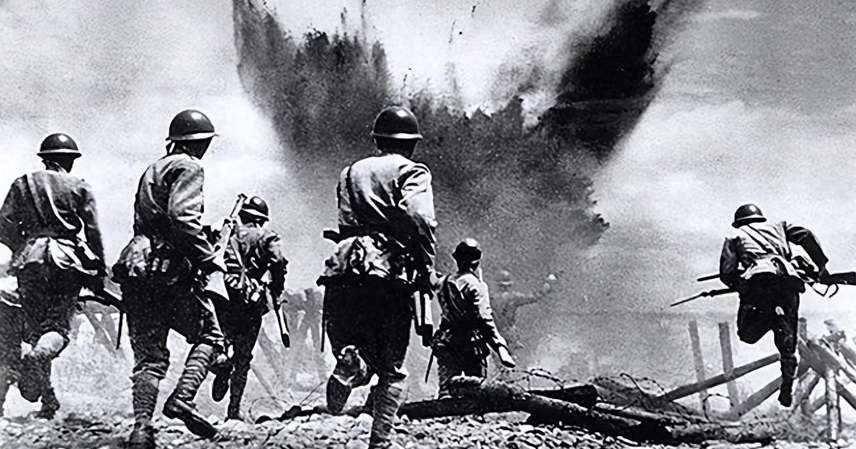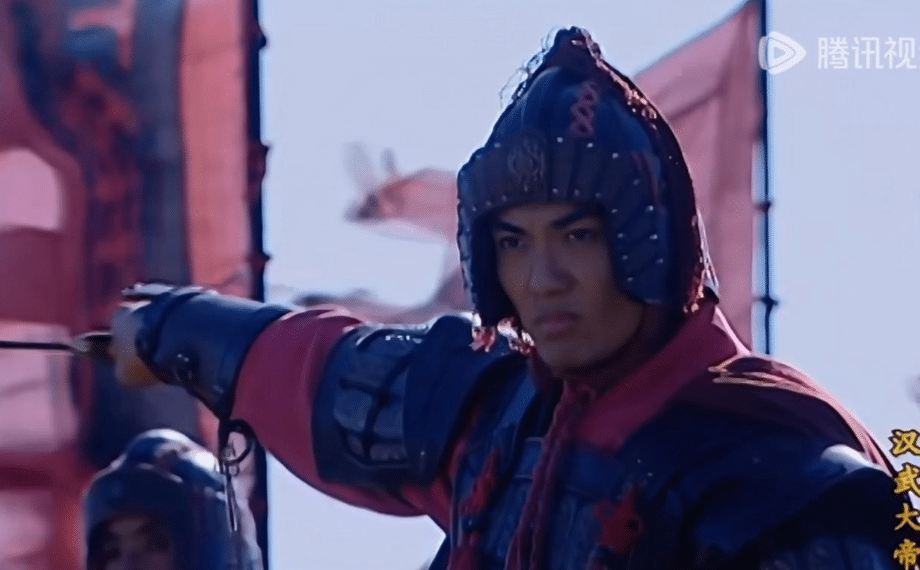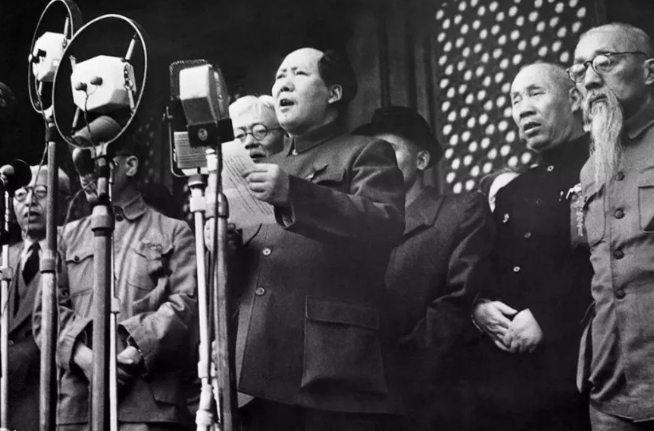Mao Zedong once pinpointed a harsh truth behind Japan’s 1930s aggression toward China: the invasion wasn’t just driven by Japanese militarism but exploited China’s internal fragmentation. In Mao’s view, China appeared as a disorganized, undisciplined society—ripe for exploitation. This perspective, drawn from his early observations, underscores how societal divisions can invite external threats, a lesson echoing through 20th-century history.
Mao’s Early Diagnosis: A Nation in Disarray
Mao argued that Japan’s boldness stemmed from China’s own vulnerabilities. During the late Qing and early Republican eras, the country resembled “a plate of loose sand,” plagued by warlord rivalries, landlord exploitation, and peasant desperation. Traveling barefoot through Hunan villages with figures like Cai Hesen, Mao witnessed firsthand how farmers endured double burdens: economic squeeze from landlords and forced conscription by warlords. Survival trumped national unity; ethnic solidarity felt abstract amid daily hardships.
In letters, Mao critiqued the populace’s inertia—not as mere venting, but as a callout to deep-seated apathy. Japanese spies, blending into the chaos, mapped these weaknesses thoroughly. Even the Republic’s “Golden Decade” masked rural decay and endless civil strife, leaving millions displaced and indifferent to centralized authority.
The Invader’s Calculus: Opportunity in Fragmentation
Japan’s militarists saw China not as a formidable foe but a patchwork of uncoordinated factions. They anticipated a swift conquest—perhaps three months—betting on minimal resistance from a populace too divided to mobilize. Elites, focused on urban reforms, often dismissed grassroots organizing as futile, prioritizing intellectual circles over broad engagement.
Mao challenged this, viewing disorganization as the core flaw—not scarcity of resources or arms, but absence of cohesion. Pre-war efforts like isolated battles or protests fizzled quickly, reinforcing Japan’s perception of a “live-and-let-live” society unable to unite.
From Theory to Action: Building Grassroots Unity
Undeterred, Mao experimented locally. At Hunan First Normal School, he ran night classes and chatted with farmers about crop shares and daily woes. The New People’s Study Society gathered youth to debate national renewal, while rural surveys in places like Xingguo and Caixi dissected land distribution and mutual aid groups.
When war erupted in 1937, Japanese forces expected easy dominance via conventional tactics. Instead, the Eighth Route and New Fourth Armies embedded in villages, forming guerrilla networks. Families integrated into farmer associations, youth leagues, and children’s groups, turning passive civilians into active resistors. What began as a projected quick win dragged into an eight-year quagmire—not against elite troops alone, but a mobilized rural base.
Legacy of Mobilization: Turning Sand into Steel
Mao’s approach—diagnosing societal ills and testing remedies—differentiated him from contemporaries who faltered at scale. Pilots like mutual aid cooperatives scaled into wartime strongholds, sustaining forces under enemy noses. This transformation from fragmented “sand” to resilient “steel” caught Japan off-guard, facing not just soldiers but an awakened populace.
Historians note this as a pivotal shift in guerrilla warfare, where organization amplified limited resources against a superior invader.
References
- Mao Zedong’s selected writings, including early Hunan reports (1920s-1930s).
- Historical analyses of Sino-Japanese War mobilization (e.g., Edgar Snow’s “Red Star Over China,” 1937).



